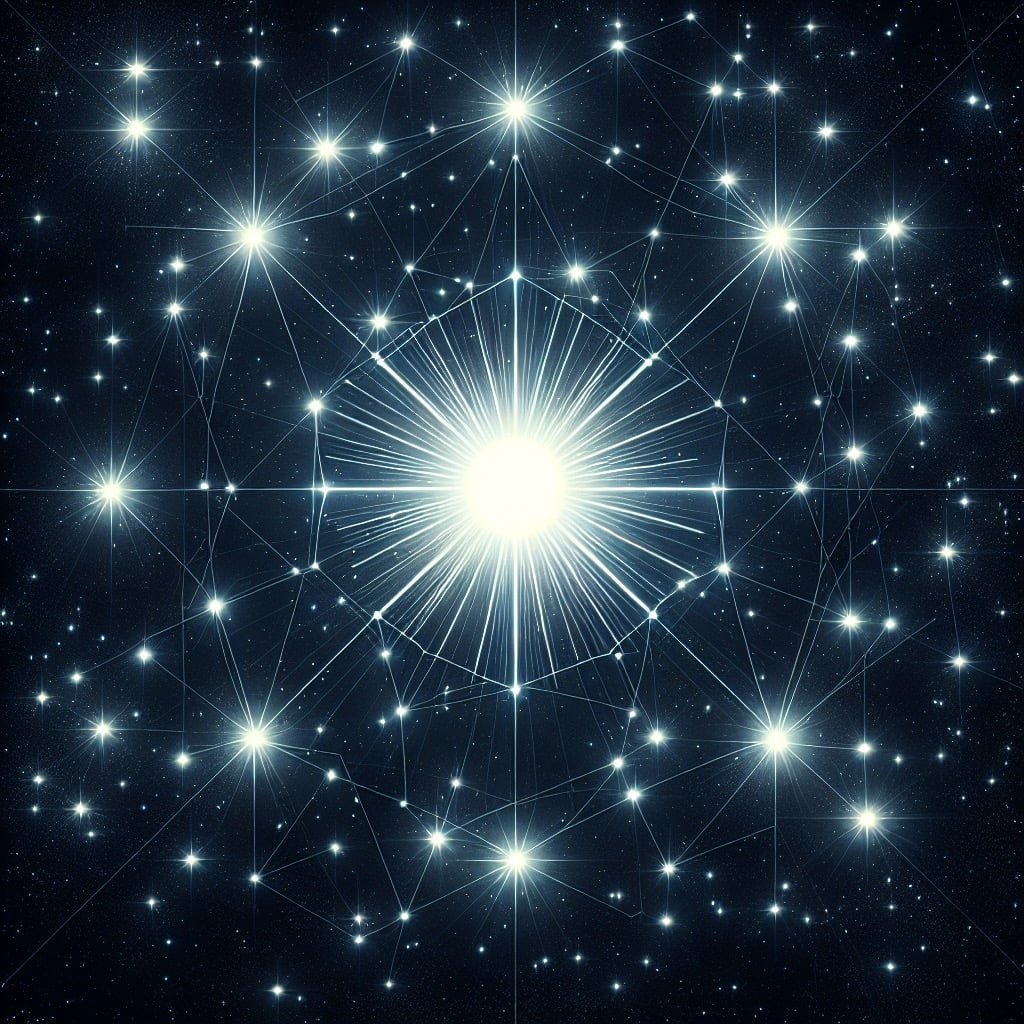Rainbows are one of nature’s most beautiful phenomena, captivating us with their vibrant colors and unique arc. But how are rainbows formed?
Answer
Rainbows are formed when sunlight is refracted, reflected, and dispersed by water droplets in the atmosphere, creating a spectrum of colors in a circular arc.
Simple Explanation
Rainbows happen when sunlight shines through raindrops. The light bends and splits into many colors, forming a beautiful arch in the sky!
Detailed Explanation
The creation of a rainbow primarily involves three physical processes: refraction, reflection, and dispersion. When sunlight encounters a raindrop, it initially bends as it enters the droplet due to refraction. This bending of light causes it to spread out into its individual colors because different wavelengths of light bend at different angles. This is what creates the visible color spectrum.
Reflection and Further Refraction
After refraction, the light reflects off the inside surface of the droplet, which further contributes to the intensity and clarity of the rainbow. As the light exits the droplet, it refracts again. This double refraction and the single internal reflection within each droplet combine to enhance the vividness of the arc we see in the sky. The typical order of colors seen in a rainbow is red, orange, yellow, green, blue, indigo, and violet (ROYGBIV).
Conditions for Viewing a Rainbow
For a rainbow to appear, specific conditions must be met. A sunlit landscape with rain or spray from a waterfall creates the ideal situation. The observer should be facing away from the sun to see the rainbow. The angle at which sunlight enters the raindrops plays a vital role; generally, the sun needs to be at a low angle, typically below 42 degrees above the horizon, for the arc to be visible.
Conclusion
Rainbows are a stunning example of light interacting with water droplets, creating beautiful arcs of color. Understanding their formation enhances our appreciation of the natural world.
FAQ
Q: Can rainbows appear at night?
A: Yes, moonbows are rainbows produced by moonlight and can occur under similar conditions as daytime rainbows.
Q: Why do rainbows seem to fade?
A: Rainbows can fade as the sun moves or if the rainfall diminishes, leading to a decrease in the light refraction and reflection needed for visibility.
Q: How many colors are in a rainbow?
A: A standard rainbow showcases seven colors: red, orange, yellow, green, blue, indigo, and violet (ROYGBIV).
Q: Are rainbows always a complete circle?
A: No, rainbows typically appear as semi-circles. A complete circle can occur when viewed from an elevated position, like an airplane.




